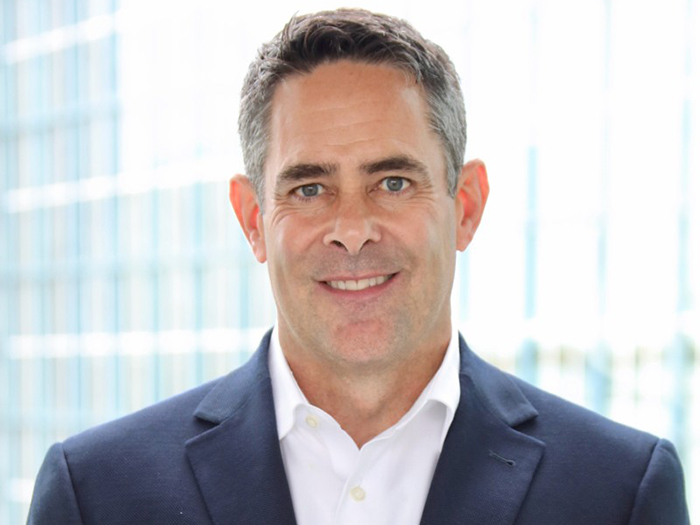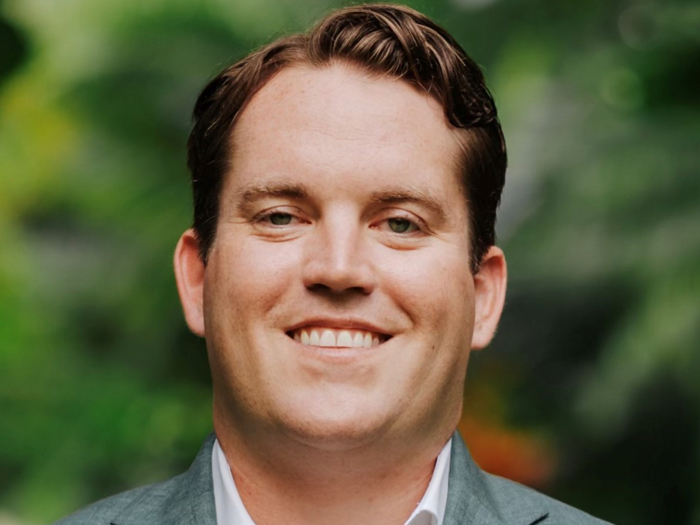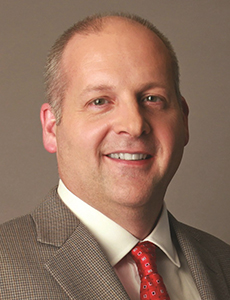Why Vermont Is Becoming the Ultimate Launchpad for Captive Insurance Talent

Captive insurance is surging — experts project that the market will top $250 billion by 2028 — and the boom is generating cost savings, spurring innovation and creating jobs. Nowhere is this more true than in Vermont, largely regarded as the nation’s hub of captive insurance — and now the frontier of a strong job market. Vermont has been licensing and regulating captive insurance companies since 1981. While not the first state in the U.S. to domicile captives, it became an early leader.
In 2024 alone, Vermont welcomed 41 new companies, making 683 total licensed captives in the state. “Vermont recognized the importance of this industry on our economy and its potential to generate jobs and tax revenue,” said Brittany Nevins, captive insurance economic development director for the state’s Department of Economic Development.
“The result is that we have devoted a great deal of resources into building an infrastructure in Vermont to support the industry, with captive managers, investment bankers, attorneys and other professionals all located here.”
The department employs 32 regulators exclusively devoted to captive insurance — the largest of any regulatory department in the world.
With the Vermont Captive Insurance Association (VCIA) headquartered in the state and actively working to modernize state and federal statutes to reflect the needs of the evolving industry, Vermont has developed a reputation as a regulatory pioneer, willing to proactively pivot as needed to drive the industry forward.
Help Wanted
In recent years, the steady growth of captive insurers has created a demand for a larger workforce. In 2022, the state’s Department of Economic Development partnered with VCIA to launch the Vermont Captive Insurance Emerging Leaders (VCIEL), an initiative to help educate young professionals about the field and its potential career paths in the nation’s top domicile.
At the Department of Financial Regulation, recruitment is ongoing for new hires — particularly those with accounting, management, legal or actuarial expertise. Many recently-hired regulators come from the industry side, Nevins said, whether that’s captive insurance specifically or the insurance field in general, bringing their expertise from the private sector to government work.
“There is a need for personnel in the front office who run licensing and respond to inquiries and requests from insurers, and then we have a dedicated part of the team in the field examination office for the ongoing examination and analysis that’s required under the National Insurance Association,” said Dylan Moss, insurance examiner-in-charge of the Department of Financial Regulation, Vermont.
The Next Generation in Captive Insurance
Native Vermonter Richard Wells was first educated about the captive industry while studying accounting at Champlain College. A captive manager came to speak to his class, and the talk resonated with him: He saw a career field that could open a world of opportunity, all from within the state limits.
“Upon graduation, I knew I wanted to stay local, but I also wanted the chance to build a dynamic career,” he said. “Straight out of college, I joined a captive manager and worked there for 16 years.” Wells was hired by the Department of Financial Regulation about two years ago.
He has enjoyed the more predictable rhythms of the public sector job and more time at home with his family. At the same time, the job is challenging, requiring critical thinking on a daily basis as well as regular professional training to keep him up to speed on industry trends.
In the time he has been with the department, he has been steadily promoted from examiner to examiner-in-charge to assistant chief examiner. For her part, financial examiner Catherine Reimer came to the department about 18 months ago from a 25-year career in corporate America.
“After I finished my degree in actuarial science, I worked in risk management, and then for the last many years, I served in the investment management division of an insurance company,” she said.
“When my child graduated from high school, I took some time off to consider my next steps, and I ended up moving from Atlanta, Georgia to Vermont.”
While in Vermont, Reimer learned more about the captive side of the industry. When the examiner job opportunity presented itself, she was intrigued — especially about the chance to push herself and learn new things on a regular basis at this stage in her career.
“In a way I am going back to the early part of my career while I use my risk management background,” Reimer said.
“At the same time, I am looking at companies and figuring out how to add value as a regulator. The fact that the work is different every day is very enticing to me. There’s a very positive relationship between the companies and regulators, and that makes the work environment productive.”
There’s an added benefit, Reimer added, to being situated in the nerve center of the industry and going to the VCA conference each year and expanding her network of professionals in the field.
Making an Industry-wide Impact
At the Department of Financial Regulation, examiners are not just holding companies accountable to regulation but also collaboratively working with them to build a sustainable industry that serves all stakeholders — there’s a real sense of contributing to a growing field and leaving a positive mark.
“What we do is unique in that it’s less focused on financial results year to year and more focused on a holistic picture of emerging or prospective risks for the entire company as related to operational or strategic oversight,” Moss said.
The risk-based approach, he said, allows the team to be more focused and streamlined, identifying risks unique and specific to each company, and tailoring regulation accordingly. The goal is to make the process more efficient for everyone.
Priming the Pipeline
Yet even as opportunities steadily grow in Vermont, it remains challenging to fill all of the available job openings. One major reason is a general lack of awareness about the insurance industry and the captive slice of that in particular.
“I don’t think anyone necessarily plans to work in insurance as a college student,” Moss said.
He recommended that high school or college students pursue internships to learn more about the field firsthand: “Not only are there many fairly well-paying jobs with good companies here but these are jobs where you can stay in a small town in Vermont, while having access to high-level corporate leaders around the world.”
Like his colleagues, Wells has a vested interest in keeping the industry booming in his home state and continuing the cycle for future generations. “We will do everything we can to remain the gold standard,” Wells said.
“As Vermonters, we want to see this work and these jobs stay here.” And truly, with year-over-year growth for the past five years, the growth of captive formation in Vermont shows no sign of slowing down.
“The industry is naturally growing, new captives are consistently forming, and we’re solving problems in ways that benefit people every day,” Nevins said. “It’s very simple. If we want to continue on this path the workforce needs to keep pace.” &










